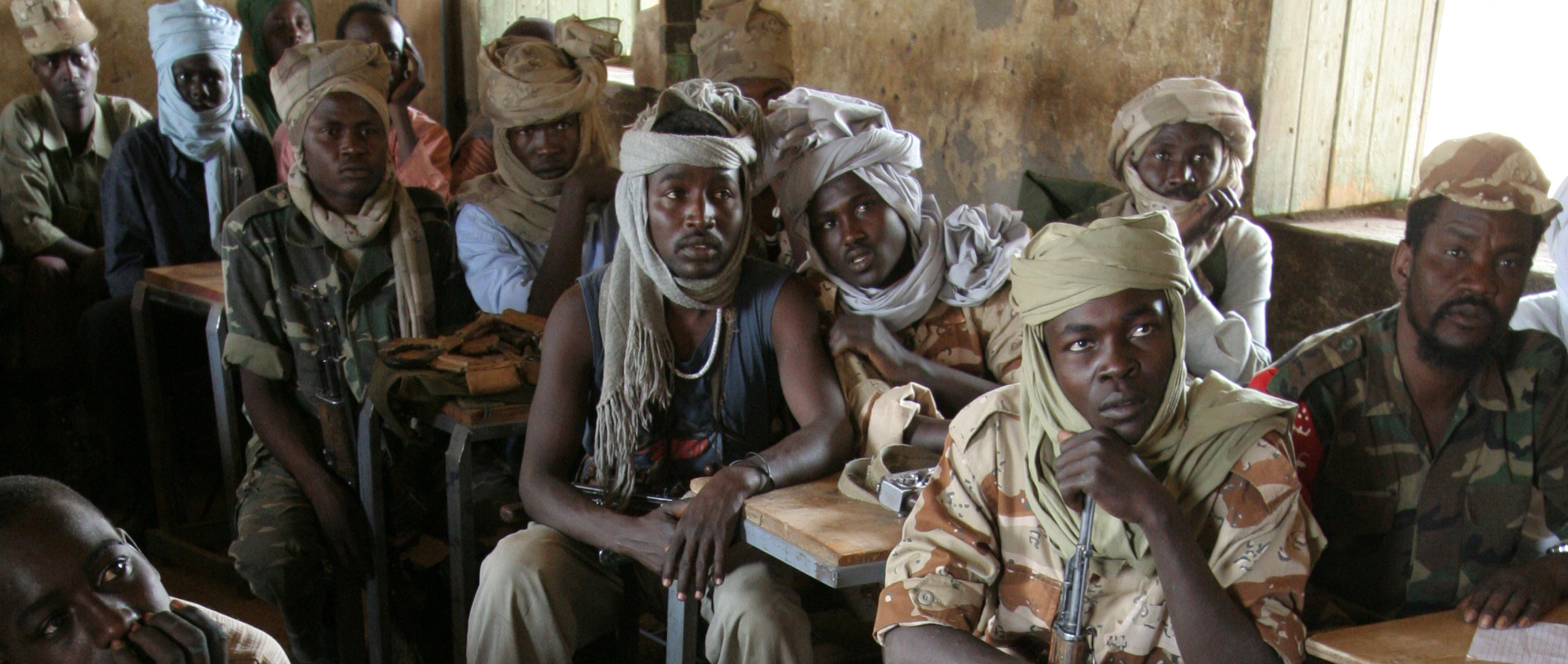DESCRIPTION
From Syria to Mali, Afghanistan or the Democratic Republic of the Congo, the majority of today’s armed conflicts are non-international in character and involve one or several armed non-State actors (ANSAs) fighting government forces or other ANSAs. Although international humanitarian law (IHL) provides a comprehensive framework to regulate these conflicts, violations are widespread and committed by States and ANSAs alike. Yet, while a number of studies have analysed States practices, little is known about ANSAs perspectives and attitudes towards IHL. Moreover, this state-centric approach of the international legal system may explain to some extent the lack of ownership of, and compliance with, international law by ANSAs.
The study has sought to address these gaps and provide a better sense of how ANSAs perceive IHL, which norms are more accepted or disputed, more respected or disregarded, and why. It has focused on the following questions: are ANSAs familiar with their obligations under IHL and how do they understand them? Do ANSAs agree with the norms? What factors influence their policy and practice? Are there new issues that ANSAs would be willing to regulate in the future?
From 2020 to 2022, the project has examined a range of norms and conducted interviews in several contexts of armed conflicts (Afghanistan, Colombia, Democratic Republic of the Congo, Mali, Myanmar, the Philippines, and Syria).
Through a detailed comparative analysis of ANSAs views and practice on IHL, the project has aimed at:
- increasing knowledge of these key actors in today’s armed conflict and the applicable legal framework
- providing tools to humanitarian actors to better engage with ANSAs on IHL compliance, and;
- informing future international law-making processes for rules applicable to ANSAs.
During the course of its life, the project has been funded by UK Research and Innovation (UKRI), the UK Foreign, Commonwealth and Development Office (FCDO), the European Civil Protection and Humanitarian Aid Operations (ECHO), and the Swiss Federal Department of Foreign Affairs. It was implemented in collaboration with several partners and stakeholders, in particular the Graduate Institute of International and Development Studies, in partnership with the Geneva Academy of International Humanitarian Law and Human Rights, the American University in Cairo, Geneva Call, the Norwegian Refugee Council, and Diakonia.
METHODOLOGY
The methodology of the project has entailed the comparative analysis of ten case studies (Al Qaeda [AQ]), the Alliance des Patriotes pour un Congo libre et souverain [APCLS], the Islamic State group [ISg], the Fuerzas Armadas Revolucionarias de Colombia – Ejército del Pueblo [FARC-EP], Hezbollah, the Karen National Union/Karen National Liberation Army [KNU/KNLA], the Moro Islamic Liberation Front/Bangsamoro Islamic Armed Forces [MILF/BIAF], the Mouvement National de Libération de l’Azawad [MNLA], the Syrian Democratic Forces/Autonomous Administration of North-East Syria [SDF/AANES] and the Taliban). It has also examined more than 500 documents produced byANSAs stored on the online database www.theirwords.org.
The study aims to shed light on the perspective of ANSAs with respect to core humanitarian norms and on factors that influence their behaviour on the battlefield. It also suggests certain explanations as to why the commitments made by certain ANSAs are—or are not—complied with by their members. To put it differently, this research addresses to what extent ANSAs’ words actually correspond to their deeds.
OUTPUTS AND IMPACTS

© Boris Heger, ICRC
The project has produced a series of outputs. They include:
- a number of case studies on selected ANSAs;
- a global comparative analysis of ANSA practice and interpretation of selected IHL norms;
- policy recommendations for humanitarian actors on ANSA engagement, based on the findings of the research;
- the establishment of an interdisciplinary network of experts who will further engage in peer-exchange and outreach beyond the life of the project.
These outputs have been disseminated in several ways to maximize the impact of the project:
- briefing events with relevant stakeholders and humanitarian coordination bodies in Geneva and New York as well as in selected field locations;
- peer-reviewed articles in practitioners’ and academic journals;
- an international conference in Geneva with the project team and partners as well as relevant stakeholders to launch the final results of the project.
These outputs are distinctively relevant for humanitarian agencies and other actors operating in conflict settings, academics, and policy-makers.

